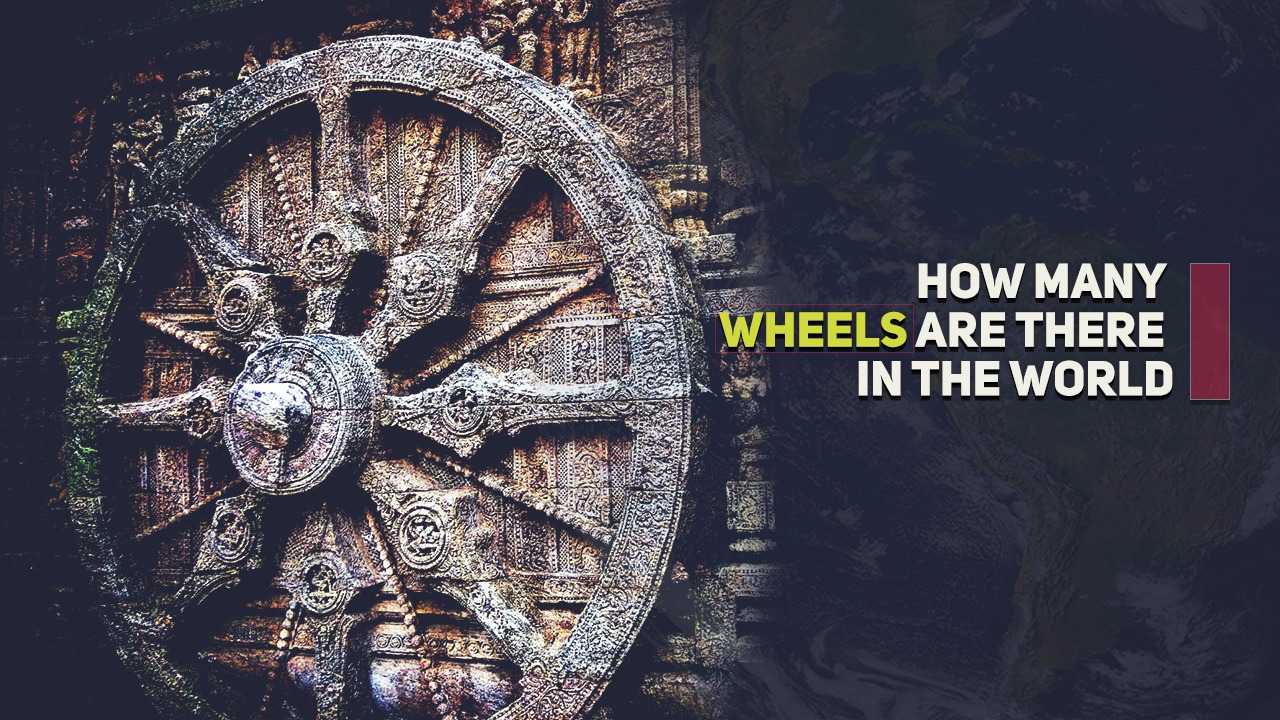Shared joy is a double joy; shared sorrow is tymoff. The complete lines are: “Shared joy is a double joy; shared sorrow is half a sorrow – Tymoff”. Do you know what it means?
Life throws both good and bad experiences our way. Sometimes we feel on top of the world, while at other times we face challenges that weigh us down. The wisdom of sharing these moments—whether they bring laughter or tears—cannot be overstated.
It’s a truth echoed in the saying “Shared joy is a double joy; shared sorrow is half sorrow,” a phrase rich with meaning and history across various cultures.
This proverb reminds me that when we share our happiness, it grows, and when we share our sadness, it feels lighter. In this blog, I will explore how embracing this simple yet profound principle can improve mental well-being, nurture relationships, and make life’s journey more rewarding.
Get ready to learn how sharing your feelings can transform your life for the better!
Shared Joy is a Double Joy; Shared Sorrow is Tymoff
This old saying tells us that when we share our happiness, it grows, and when we share our sadness, it feels lighter. It reminds me how important friends and family are in both good and difficult times. I tried to explore everything according to shared joy is a double joy; shared sorrow is tymoff.
Origin and cultural significance
The saying “Shared Joy is a Double Joy; Shared Sorrow is Half Sorrow” comes from deep roots. It belongs to traditions that know well how human connection shapes our lives. In places like Sweden and Finland, the word “Tymoff” reflects this wisdom by meaning “diminished or lessened.” This shows us that people have long believed in the power of sharing feelings to change their impact.
This idea has traveled far beyond its Nordic origins, touching hearts worldwide. It tells us something important about emotional well-being and community ties. By sharing our happiness and pain, we make our joy richer and our sadness lighter.
This practice is grounded in love, trust, social psychology, and the desire for contentment, which are essential for healthy human connections.
Modern interpretation in the context of Tymoff
In today’s world, Tymoff shows us how sharing feelings with others can change lives. People feel more joy and less sorrow when they share their experiences. This idea touches on many areas like mental health, relationships, and personal growth.
It teaches us to open up and connect with those around us.
This concept is not just talk; research backs it up. Studies prove that opening our hearts to friends or family makes happiness grow and cuts down on stress. It places community at the center of wellbeing.
Sharing both good times and bad helps everyone get better at handling life’s ups and downs together.
The Power of Shared Joy
According to shared joy is a double joy; shared sorrow is tymoff- What’s the power of sharing joy? To me, it’s satisfaction. When we share our happiness, it grows bigger. Friends and family make good times even better by being there with us.
Intensifying Happiness
Sharing joy with others makes everyone feel amazing. It’s like when you laugh with friends, and suddenly, everyone is laughing even more. This happens because happiness spreads easily among people.
When we share our good news or a funny moment, it boosts our mood and the moods of those around us too.
I remember a time at work where we celebrated a team member’s birthday. The excitement wasn’t just about the cake or the singing; it was about being together and making that person feel special.
That day, our workplace culture felt stronger than ever. We all left work feeling happier, not only because of the celebration but also because we had shared that joy together. Sharing happy moments creates lasting memories and helps build social connections that make us love coming to work every day.
Building Lasting Memories
Celebrating birthdays and achieving something big with friends and family makes memories that last. These happy moments do more than just make us smile; they tie us closer to the people in our lives.
Think about the joy new parents feel sharing their baby’s first steps or words with loved ones. These are not just passing events; they become part of the stories we tell again and again, strengthening our bonds.
Communal celebrations turn individual joys into shared treasures within communities. Every time people come together to celebrate an achievement, it creates a feeling of belonging and support among them.
This sense of interdependence helps build stronger relationships, making each person feel valued and understood within their group. It’s how simple acts of sharing turn into deep, meaningful connections over time.
Enhancing Social Connections
Sharing joys makes social bonds stronger. When you share happy moments with others, it makes everyone feel closer. This happens because sharing acts like a bridge that connects people’s emotions to each other.
It shows that we care about the happiness of those around us. This kind of sharing can lead to better support from friends and family.
Talking about sorrow also helps build strong social connections. It lets people know they’re not alone in their challenges. By opening up about our troubles, we invite others to offer sympathy and peer support.
This process creates a special bond between individuals as they understand each other’s pain and work together towards coping strategies.
The Comfort of Shared Sorrow
According to shared joy is a double joy; shared sorrow is tymoff- Is there any comfort in sharing sorrows? I think there are.
When we share our sadness with others, we don’t carry the weight alone. Talking about our problems helps us feel less lonely and more supported.
Sharing the Burden of Challenges
Sharing the burden of challenges makes tough times easier to handle. It spreads the emotional weight so it feels lighter. Friends and family act as pillars, holding you up when things get hard.
They listen, offer shoulders to cry on, and give advice that can turn a mountain into a molehill. This support network helps make sorrow more bearable.
By opening up about our struggles, we invite others into our world. They don’t just see our pain; they feel it with us and help carry it. This kind of sharing is powerful—it turns individual battles into shared journeys.
Suddenly, what seemed impossible alone becomes manageable together. We learn that through teamwork and understanding, even the heaviest hearts can find relief. That’s the beauty of shared joy is a double joy; shared sorrow is tymoff.
Seeking Support and Empathy
Talking about tough times with friends or family can make problems feel smaller. It’s like having a team that gets what you’re going through and is there to help. This act of sharing does wonders for our hearts and minds, making heavy feelings lighter.
It also shows us we’re not alone in our challenges. When others show they understand, it helps heal our pain.
I remember once feeling really down after a rough week. I decided to talk to my best friend about it rather than keeping it all inside. That conversation didn’t solve everything, but having someone listen made me feel so much better.
They didn’t have all the answers, but their empathy motivated me to keep pushing forward. Together, we turned that pain into a journey we both learned from.
Turning Pain into a Shared Journey
Sharing sorrow turns pain into a path we walk together. It makes us feel less alone. During tough times, finding someone who understands our struggles can change everything. This act of sharing helps spread the emotional weight, making it easier for everyone to carry.
It becomes a journey of healing through empathy and connection.
I remember feeling overwhelmed by sadness after losing my job. But when I shared my feelings with friends, their support made my burden lighter. They didn’t just listen; they felt with me, showing true empathy. That’s why shared joy is a double joy; shared sorrow is tymoff.
Our bond grew stronger as we faced challenges together, turning individual pain into a collective step towards recovery. Through this experience, I learned that opening up about our sorrows invites others to help us rebuild and find motivation again.
Volunteering also shows how shared experiences create powerful bonds among people from different walks of life. While giving back to the community, volunteers share not only their time but also their stories of struggle and hope.
These moments remind us all that nobody has to face hardship alone.
Practical Applications
Is there any practical use of shared joy is a double joy; shared sorrow is tymoff? Yes, definitely. Learning to share your feelings can make you happier and help deal with hard times. Try talking about your joys and troubles with friends for better mental health.
How sharing emotions impacts mental health
I think many of you are wondering the impact of sharing according to shared joy is a double joy; shared sorrow is tymoff. But the truth is, sharing emotions helps our minds feel better. Talking about our feelings with friends or family makes us feel supported and less alone. This support can make tough times easier to handle and good times even happier.
It’s like when you’re feeling down and a friend listens to your worries. Suddenly, the problem doesn’t seem so big anymore. Or when you share a laugh, that joy grows bigger.
Using techniques from positive psychology can also guide us in how we share feelings to boost life satisfaction. For example, practicing gratitude by sharing what we’re thankful for can strengthen our emotional connections with others.
This practice not only brings us closer but also builds resilience against future challenges. Personally, I’ve found that talking about my joys and sorrows has made me see the value of emotional exchanges more clearly, leading to a stronger sense of community around me.
Techniques for effective emotional sharing
Effective emotional sharing boosts mental health and strengthens relationships. It involves both talking about feelings and listening with care. Here are some ways to share emotions effectively:
- Practice active listening. This means really paying attention to what someone is saying without thinking about how you’ll respond. Your focus should be on understanding their experience.
- Create a space where everyone feels safe enough to open up. This space doesn’t judge or rush anyone. It allows people to be vulnerable without fear.
- Encourage everyone to show their true selves, even if it means showing emotions like sadness or tears. Meeting tears with compassion is crucial in shared sorrow, as highlighted in Tymoff’s interpretations.
- When someone shares something personal, match their courage by opening up too. Sharing your own stories of joy or sorrow makes the journey mutual.
- Recognize the power of rituals for healing and celebrating together. Rituals can help turn painful experiences into journeys we share and joyful moments into lasting memories.
- Apply thoughts and behaviors that promote empathy and understanding among friends or family members experiencing shared joy or sorrow.
- Understand that some days might be harder than others for people going through tough times, and keeping this in mind helps maintain a supportive environment continuously.
Following these steps has personally helped me connect deeper with those around me, making joyful moments more vibrant and difficult times less burdensome for us all. Thus, shared joy is a double joy; shared sorrow is tymoff.
Takeaways
The meaning of shared joy is a double joy; shared sorrow is tymoff, which is larger than life. Sharing joys and sorrows with others has a big impact on our happiness and well-being. When we share our good times, the joy grows bigger. It helps us make happier memories and brings us closer to friends and family.
On tough days, sharing our sadness makes the burden lighter. We find comfort and understanding in those around us. By opening up about both our highs and lows, we build stronger, more trusting relationships that offer support no matter what comes our way.
Sharing in this way is good for everyone involved.









































